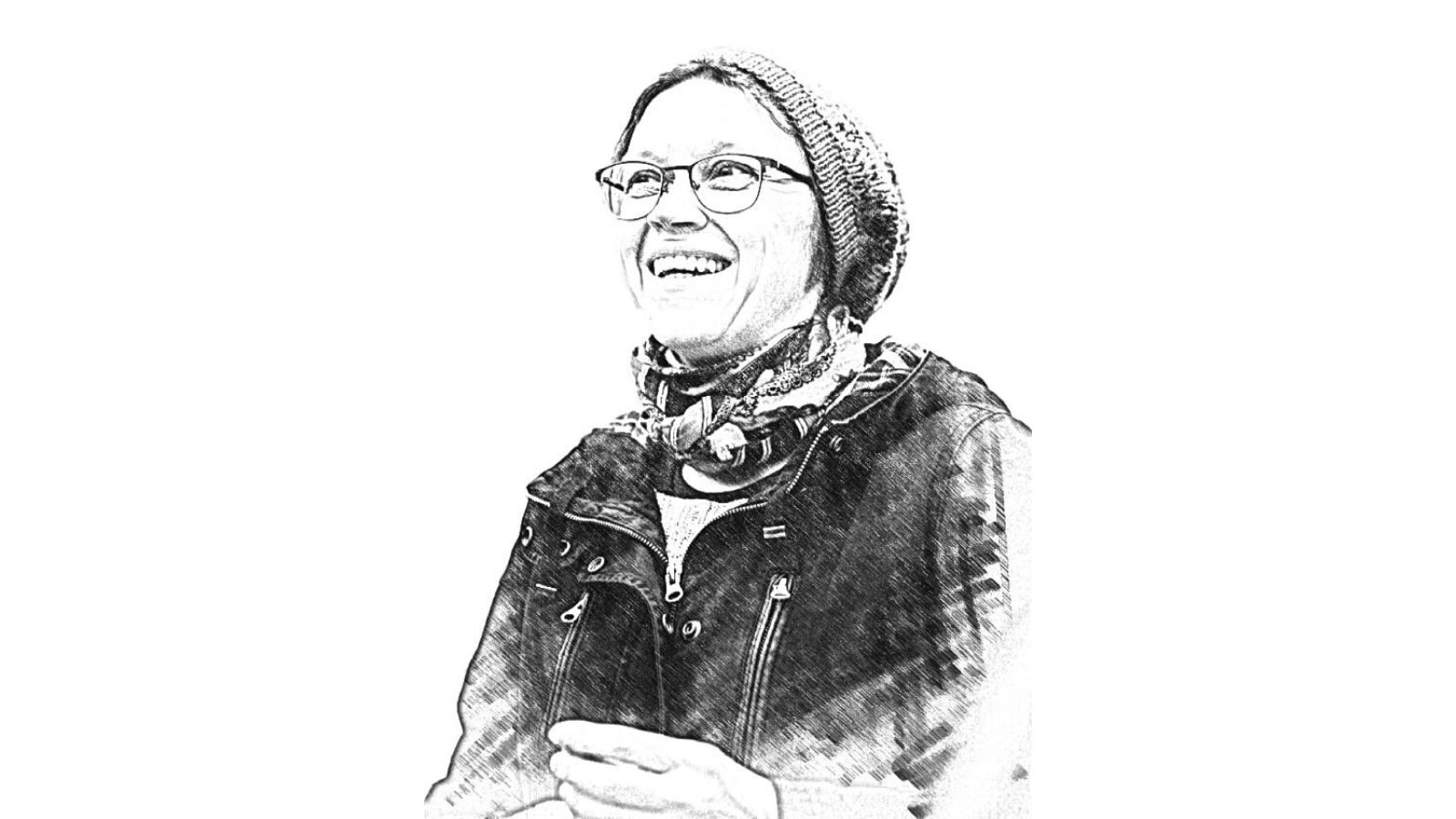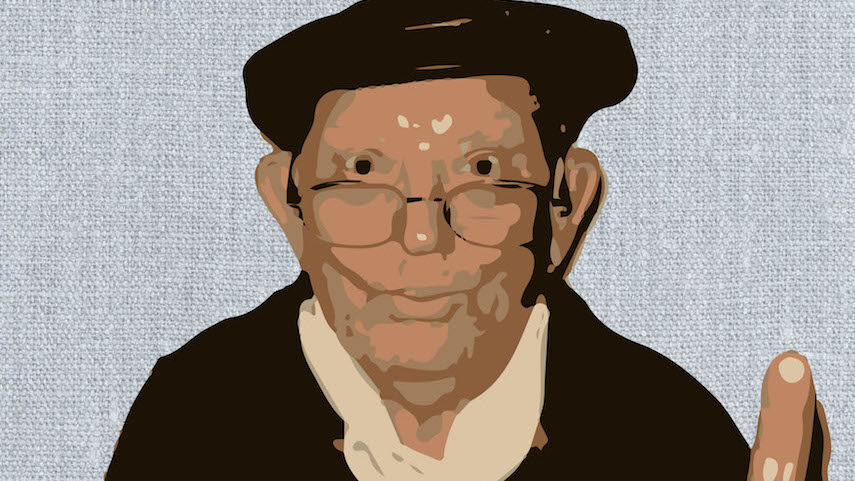Note that the -d ending of the verb clearly indicates the person towards whom the inquiry is directed. It’s you.
The answers, however, are difficult, because many of them rise from the depths of Estonian language and thus behave weirdly grammatically. Remember how there are words in Estonian that are 5,000 or more years old?
The simplest answer to the question „Kuhu lähed?“ would be: „Õue!“ (“Outside!”).
Pardon, what was that? Three vowels in a row, starting with something that has a wiggly roof above it? How would one even pronounce that? Let me tell you a secret: in Estonian, every single letter that you see written is pronounced. Unlike in English, where, for example, the poor letter E is strongly discriminated against. Let it sound out: *Õ-uu-ee*!
Õu means “yard” in Estonian. Those more familiar with Estonian know that when you go to a place, it’s normally indicated by the word ending -sse. It’s one of those famous Estonian noun cases. So, why is it not „õu-sse“ then? The short answer is because in Estonian, we use a grammatical form called short inessive (that is, a case indicating a movement into some certain space) that omits -sse and just emphasises the whole word instead.
Täismahus artikkel on loetav Eesti Elu tellijatele
Igal nädalal toome me sinuni kõige olulisemad kogukonna uudised ja eksklusiivsed lood uutelt kolumnistidelt. Räägime eestlastele südamelähedastest teemadest, kogukonna tegijatest ja sündmustest. Loodame sinu toele, et meie kogukonna leht jätkuks pikkadeks aastateks.
Hind alates $2.30 nädalas.




